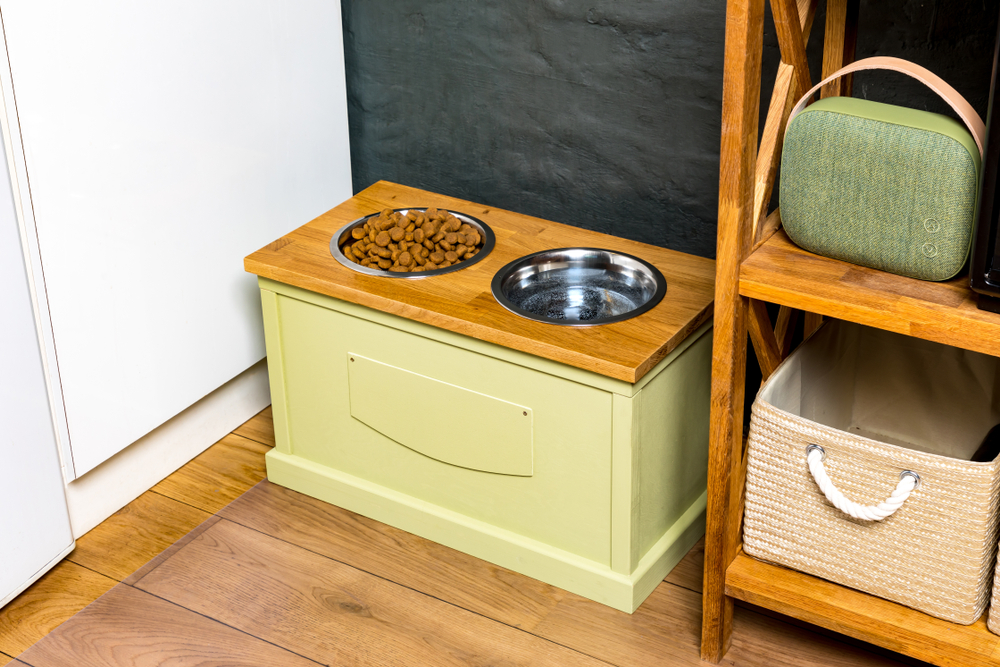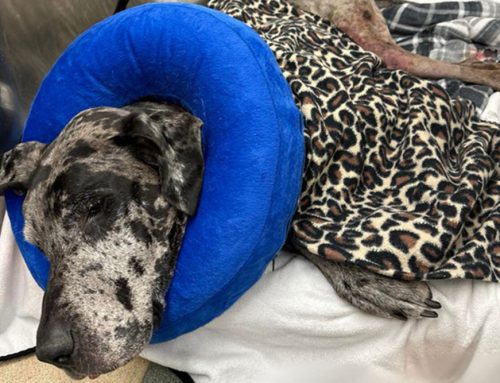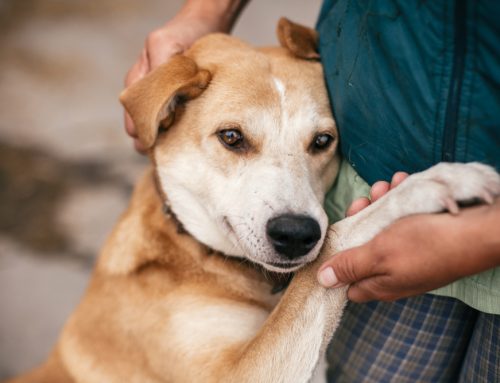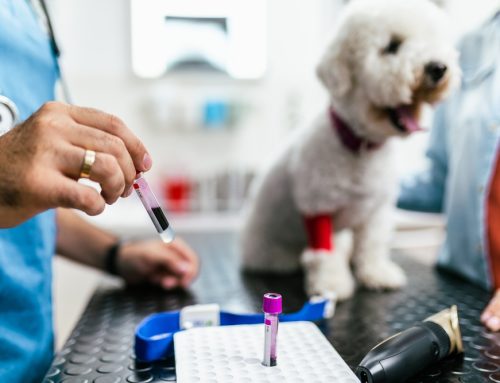Arthritis is extremely common in cats, yet many affected felines show no obvious signs. However, if your whiskered friend seems more reluctant to jump to their favorite high resting place, they may have painful, arthritic joints. Many cat owners don’t realize that arthritis affects as many as 90% of cats older than 12, and can suffer severe discomfort and decreased mobility. Our Marcy Veterinary Clinic team wants to raise awareness about feline arthritis, so we offer information about this condition and how management can improve your cat’s quality of life.
What causes feline arthritis?
Arthritis (i.e., degenerative joint disease, or osteoarthritis) occurs when the cartilage that normally cushions the joint degenerates and the bones rub together, which causes inflammation and secondary changes in and around the joint. The exact cause is not always known, but certain factors can increase your cat’s risk, including:
- Age — Your cat’s arthritis risk increases as they age.
- Injury — Cats who experience fractures or ligament or tendon injuries are at higher arthritis risk.
- Joint infection — Joint infection increases your cat’s arthritis risk.
- Obesity — Overweight cats have increased stress on their joints, which may exacerbate arthritis.
- Genetics — Some breeds are predisposed to joint abnormalities that increase their arthritis risk. Maine Coons, Persians, and Siamese are at increased risk for hip dysplasia, Abyssinians and Devon Rex are at increased risk for patellar luxation, and Scottish folds are prone to a cartilage abnormality that can cause severe arthritis in multiple joints.
What are feline arthritis signs?
You likely expect that your feline friend with joint pain would limp, but cats are hard-wired to hide vulnerabilities, and most arthritic cats do not exhibit obvious lameness. Signs to look for include:
- Altered jumping behavior — Your cat may be more reluctant to jump on or off elevated surfaces.
- Difficulty navigating stairs — Affected cats may use an awkward gait when navigating stairs, or may avoid the stairs completely.
- Stiffness — Your cat may seem stiff, especially after a long nap.
- Altered resting behavior — Your cat may be resting in more easily accessible areas.
- Less play interest — Affected cats may be less interested in play. You may pique their interest with a favorite toy, but they won’t actually interact.
- Inappropriate elimination — Arthritis can make entering and exiting the litter box difficult for your cat, who may find an easier place to go to the bathroom.
- Unkempt haircoat — Painful joints can make grooming difficult, and your cat’s hair coat may become matted or scruffy.
- Overgrooming — Pain is stressful for cats, and they will sometimes demonstrate their pain by overgrooming a particular area, leading to hair loss or ulceration.
- Hiding — Your usually sociable cat may hide more frequently.
- Irritability — Affected cats may be more irritable around people and other household pets.
How is feline arthritis diagnosed?
Cats often hide in their carrier and refuse to interact at the veterinary clinic, so your observations at home are valuable for diagnosing feline arthritis. In addition, we appreciate a video of your cat’s behavior that may indicate arthritis. We may recommend X-rays to assess your whiskered friend’s joints and rule out other issues, and we often suggest blood work, so we can assess your cat’s overall health and ensure the typical feline arthritis medications won’t harm them.
How is feline arthritis treated?
Feline arthritis can’t be cured, but several treatment options can improve your cat’s quality of life. A multi-modal approach is often the most effective. Potential options include:
- Weight management — Since increased weight puts more strain on arthritic joints, our team devises a safe weight loss strategy if your cat is overweight.
- Medications — We may prescribe oral medications to help alleviate your cat’s joint pain.
- Monoclonal antibody treatment — A monoclonal antibody treatment, which is administered by monthly injection, is available and is a great option for many cats.
- Joint supplements — We may recommend joint supplements, such as omega-3 fatty acids, to help improve your cat’s joint health.
- Rehabilitation — Rehabilitation exercises can increase muscle mass, improve mobility, increase joint fluid production, and reduce pain.
- Laser therapy — Laser therapy is an option for cats who can’t take medications. This non-invasive therapy can reduce pain, increase blood flow to the affected area, and decrease inflammation.

- Environmental management — Changes to your home can also improve your feline friend’s quality of life. Suggestions include:
- Placing food and water bowls in easily accessible areas
- Providing supportive orthopedic bedding to cushion your cat’s arthritic joints
- Raising food and water bowls so your cat does not need to crouch in an uncomfortable position to eat and drink
- Placing litter boxes in easily accessible areas on each home level
- Providing low-sided litter boxes or cutting out an access port in the box
- Placing ramps near your cat’s favorite high resting places
- Grooming your cat to prevent matted fur
- Surgery — In severe arthritis cases, surgery may be necessary to help reduce your cat’s joint pain.
Feline arthritis is a debilitating condition that should be addressed to improve your cat’s quality of life. If your cat’s activity level has decreased or they have stopped using their litter box, contact our Marcy Veterinary Clinic team, so we can determine if arthritis is a contributing factor.








Leave A Comment